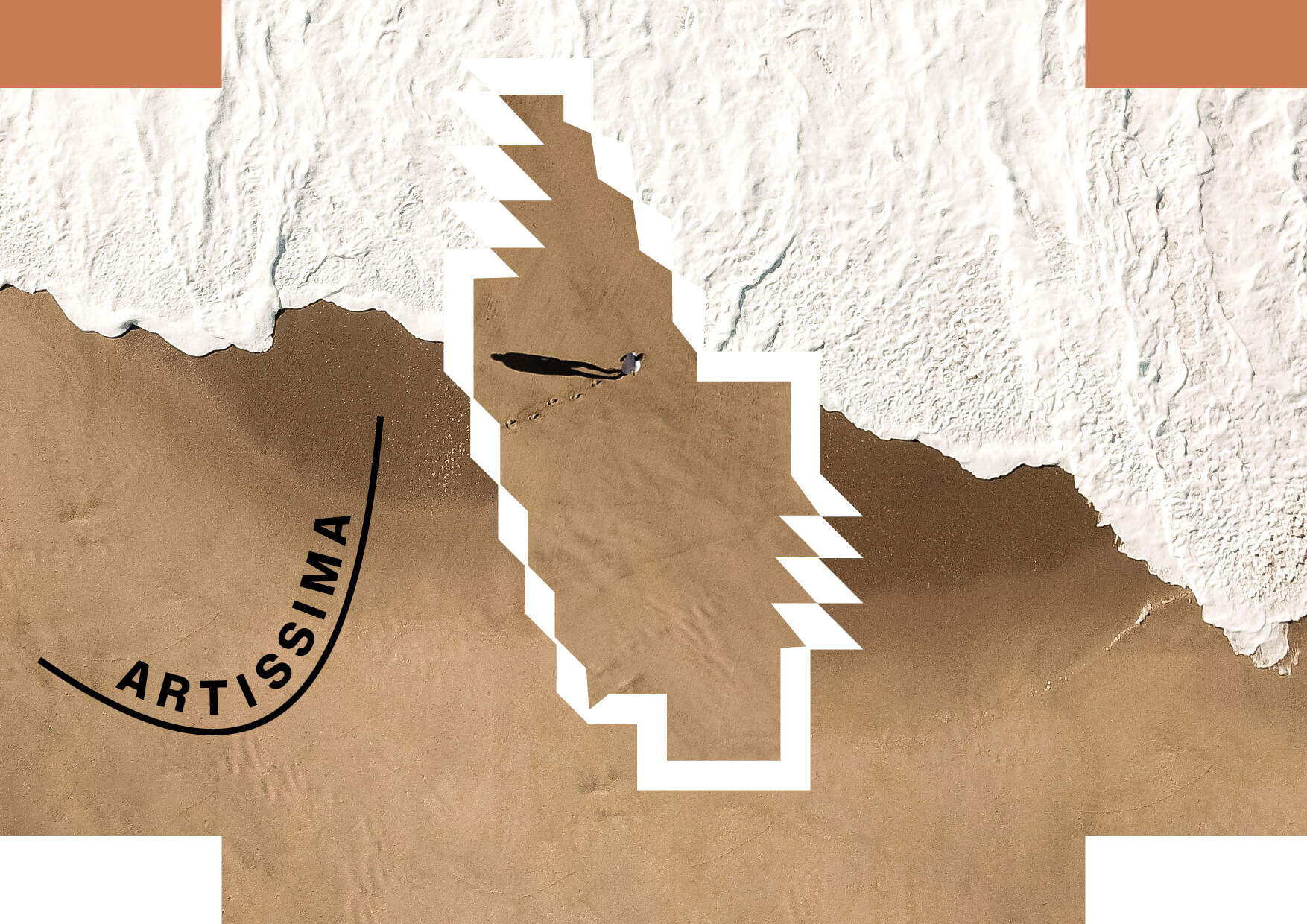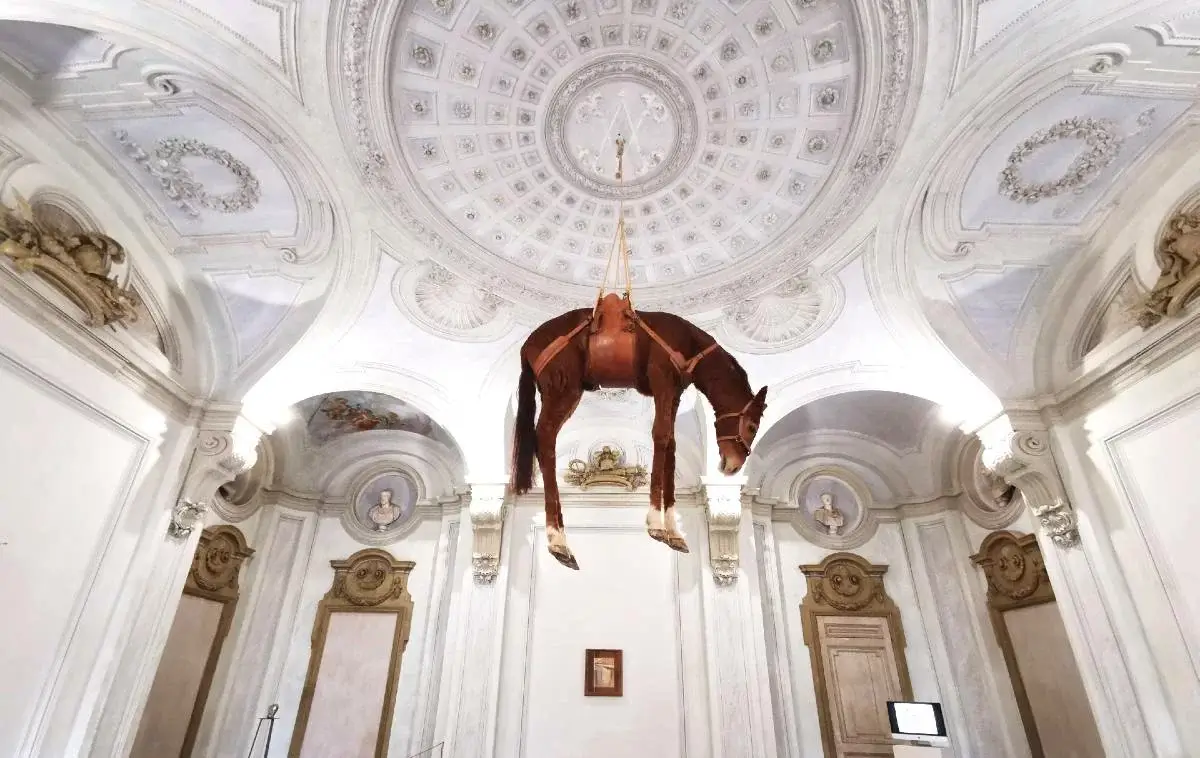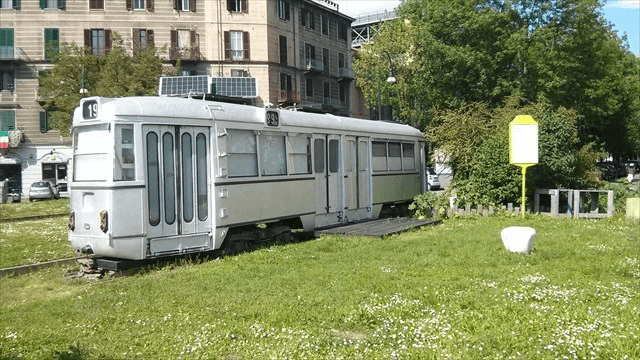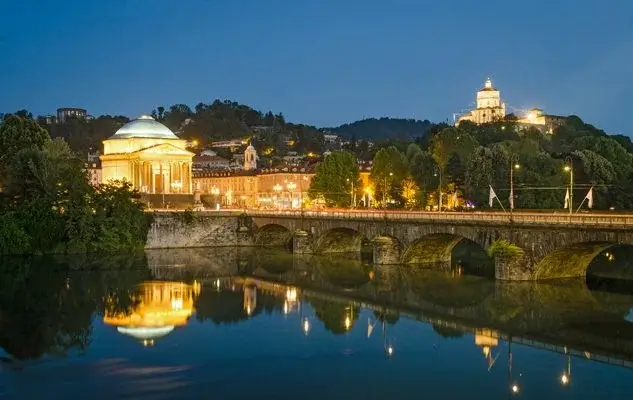Luigi Fassi reveals the oblique face of Turin and tells us about the outcome of Artissima 2022
Luigi Fassi
Artissima was a great success once again.
After four intense days, we asked the fair’s new director to tell us about the outcome of this edition, its successes and about plans for the future.
Artissima closed its doors with 33,200 visitors in 4 days, 174 galleries from 28 countries and 10 prizes awarded at the fair. As the first year as director of the fair, what is the balance of the event? Have expectations been met?
My review of Artissima 2022 is extremely positive for having reaffirmed the strength of Artissima as a market and cultural production platform serving Turin and Italy. We are proud to have been for 29 years an institution that guides young galleries to success in the global art system, creating extraordinary cohesion between the Italian and global markets. Artissima brings together galleries, collectors, curators, journalists and numerous corporate brands that as partners support the fair in its ability to do business and create new artistic values. This edition also saw an unprecedented rapprochement between a fair and one of the great voices of contemporary philosophy, in the person of Laurie Anne Paul, professor of cognitive science at Yale. This is a further example of Artissima’s ability to think in innovative and original terms, internationalising the entire Italian contemporary art system towards new scenarios of research, development and production.

In line with the theme of this year’s Artissima “Transformative Experience” by philosopher Laurie Anne Paul, what was the transformative experience that changed the course of your work as an art director/curator?
The strongest transformative experience I have had is one that has accumulated over the years of travelling and working in several places and countries. Cities and opportunities have presented different social realities, different priorities, and cultural scenarios to be interpreted with ever-changing tools. I am convinced that curatorial work must live by feeding on themes and suggestions that come from the specificity of the places and institutions in which one works and thus becomes by its very nature an experience of continuous transformation. The intense acceleration given by a fair such as Artissima, which has a dual identity, both commercial and cultural, nourished by its continuous relationships and projects with institutions and curators, is part of this transformative scenario, a bearer of new ideas and stimuli for those who construct the fair on a daily basis as professionals and for those who visit it.
What is your relationship with the unknown?
I share Laurie Anne Paul’s insight in her book “Transformative Experience” (2014) on this topic. The unknown dwells before us, at the crossroads of every major decision we make, but this should not translate into a checkmate of fear or dread. It is rather, as Paul argues, a matter of wanting to discover what we will become by choosing to take paths as yet unknown to us and perhaps destined to transform us, change our priorities, and evolve our values. In short, the unknown opens up revelations, points of arrival and departure from which our lives will emerge renewed.
Born in Turin and then emigrated to various parts of the world for work: has your hometown influenced your work as an art curator? If so, in what way?
Turin has decisively influenced my professional choices. During my high school and university years, it was crucial to have the opportunity to get to know and familiarise myself with the collection of the city’s GAM – Galleria d’Arte Moderna e Contemporanea, and that of the Castello di Rivoli Museo d’Arte Contemporanea. The former more focused on Italian art, the latter with a strong international edge and together a fascinating scenario on the art of the present. Those years also marked the beginning of my interest in the world of galleries, which in Turin ranged over several fronts and provided an up-to-date and lively picture of the European art scene. I also frequented Artissima, a real window onto the art world and an extraordinary opportunity for study and keeping oneself up to date. Over the years, I then collaborated with various institutions and galleries in the city and it all started from there.

The city has always been an important centre for contemporary art and a great breeding ground for cultural innovation. How would you describe your current relationship with the city?
I have returned to Turin for Artissima after several years of working elsewhere, and I observe how the city’s institutional scene is still very rich, I am thinking in particular of Gallerie d’Italia Torino, Intesa Sanpaolo’s new museum dedicated to photography, which is helping to create a stronghold on this medium together with the important presence, already since 2015, of Camera the Italian Centre for Photography. But at the moment, Turin is expressing some very propulsive independent art spaces, I am thinking for example, among others, of Cripta747, Almanac, Progetto Diogene, Quartz, and Bar, which together testify to how, in addition to the museum reality, the city’s capacity to attract young artists and curators, to work, do residencies, and develop projects is growing. I believe that in this phase it is essential for Turin to strengthen its capacity to be a city for artists, competitive and complex, where those who make art can find answers to their needs and ambitions.

Let’s try to imagine an itinerary of the city through your eyes: what would you recommend to visit among museums, art galleries, cultural spaces? Is there a particular place among the lesser-known ones that should receive special attention?
For my ideal itinerary of Turin, I would recommend walking along its bridges, there are more than thirty and they are an accessible public stage on the history of the city, from the Napoleonic ones of the early 19th century such as Vittorio Emanuele to the Gran Madre, to those that no longer exist whose fabulous impact remains, such as the Monumental Bridge of 1911, built for the International Exposition in the Valentino park, or the Maria Teresa Bridge, made of iron, steel cables and bearing towers, a close relative of the Brooklyn Bridge and replaced in 1906.

Lastly, we would like to know what is your usual itinerary when you stay in town, what are your favourite meeting places with friends, favourite restaurants / bars / wine bars?
Since returning to Turin, I have enjoyed rediscovering the oblique face of Turin, its twentieth-century stratifications, industrial scars, the reality of peripheral avenues and margins, between past and present. Crossing what was once known as the city of the four rivers, the Po, the Dora, the Stura and the Sangone, means leaving the centre and going through districts in transformation and recognising in Turin a densely metropolitan city, marked by the vestiges and infrastructures of all its industrial culture. Areas and zones that are also intertwined with the artistic face of today’s city, such as the Fondazione Merz, the Fondazione Sandretto, the Pinacoteca Agnelli, and the Museo Fico, but extend beyond them into a wealth of historical memories, both ancient and recent, that I believe it is essential to observe and recount in order to contribute to and imagine Turin’s near future.




